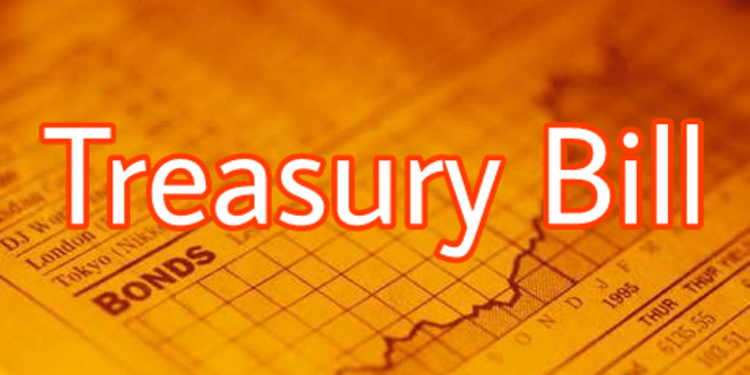Treasury Exceeds Auction Target of GHS 3.86 Billion Amid Tightening Yields
The Government, through the Bank of Ghana, secured GHS 5.49 billion from its latest treasury bills auction held on August 1, 2025, exceeding its GHS 3.86 billion target.
According to official auction results published by the Bank of Ghana, bids tendered across the 91-day, 182-day, and 364-day tenors amounted to GHS 6.79 billion. Of this, GHS 5.49 billion was accepted, representing an acceptance rate of approximately 80.9%.
The auction was characterised by a notable compression in interest rates, especially on the shorter-dated securities. The 91-day bill cleared at a weighted average interest rate of 10.29%, down marginally from 10.83% the previous week. Meanwhile, the 182-day and 364-day instruments recorded interest rates of 12.36% and 13.25% also down from 13.22% and 14.30% respectively, indicating investor willingness to accept relatively lower returns in exchange for government credit exposure.
The yield band across the 91-day bills ranged from 8.70% to as high as 25%, but the Bank of Ghana allotted bids only between 8.89% and 10.83%. Similar patterns were observed on the 182-day and 364-day notes, where the highest bids of 15.5% and 15% respectively, were pared down to lower allotment bands between 10.41% and 13.22%; and 11.11% and 13.80% respectively.
The auction results suggest a continuing effort by the Government to manage borrowing costs amid macroeconomic adjustments and inflationary moderation.
In the previous auction held on July 25, the government accepted GHS 15.16 billion out of a total tender of GHS 28.10 billion, revealing a more aggressive issuance stance that has since been tempered.
The next auction, scheduled for August 8, 2025, sets a higher target of GHS 8.59 billion, maintaining the government’s preference for short-term domestic borrowing to meet maturing obligations and manage liquidity.
Market watchers will be keenly observing whether the ongoing rate compression trend continues, especially as fiscal authorities weigh the balance between debt sustainability and market appetite in the second half of the year.








